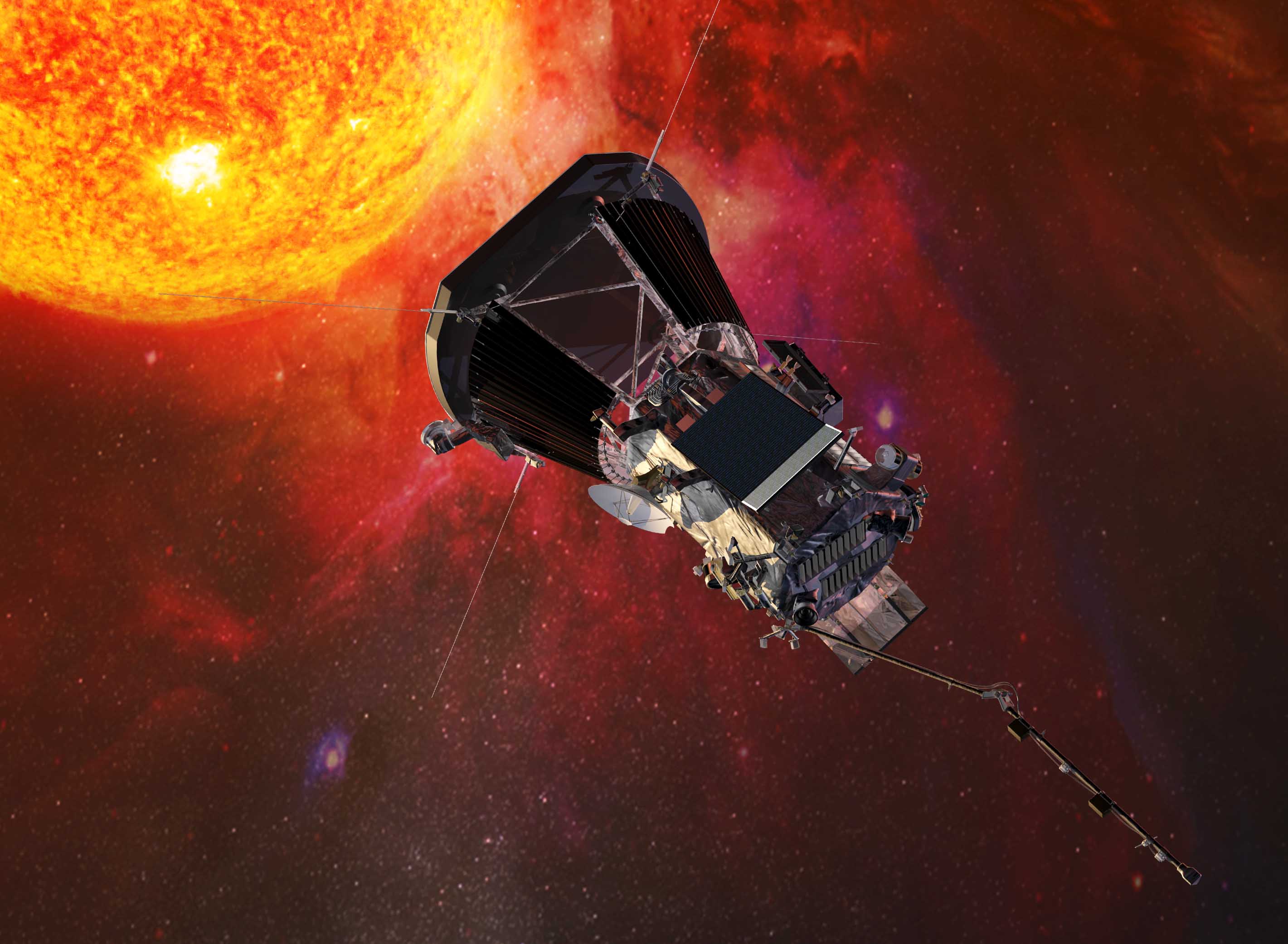After earlier hints, NASA confirms its intentions to send its Solar Probe Plus (SPP) spacecraft – now renamed as the Parker Solar Probe in honor of astrophysicist Eugene Parker – to within four million miles of the Sun in the summer of 2018.
Parker, who serves as the S. Chandrasekhar Distinguished Service Professor Emeritus at the University of Chicago, is a distinguished figure in the field of solar physics. His work describes an entire complex system of magnetic fields, plasmas and energetic particles that make up the solar wind phenomenon.
Accordingly, NASA has dedicated its latest mission in honour of Parker’s accomplishments within the field.
“This is the first time NASA has named a spacecraft for a living individual,” said Thomas Zurbuchen, associate administrator for NASA’s Science Mission Directorate in Washington. “It’s a testament to the importance of his body of work, founding a new field of science that also inspired my own research and many important science questions NASA continues to study and further understand every day. I’m very excited to be personally involved honoring a great man and his unprecedented legacy.”
As to be expected, the spacecraft will have to endure fierce radiation and face temperatures of up to 1,400°C - a feat not experienced by any other probe in aerospace history.
It is hoped that the probe will help answer questions about solar physics that scientists have puzzled over for more than six decades, along with providing information on how best to prepare against damage from solar flares and outbursts.
“It’s a spacecraft loaded with technological breakthroughs that will solve many of the largest mysteries about our star, including finding out why the sun’s corona is so much hotter than its surface. And we’re very proud to be able to carry Gene’s name with us on this amazing voyage of discovery," said Parker Solar Probe Project Scientist Nicola Fox, of the Johns Hopkins University Applied Physics Laboratory.
Nonetheless, as a recent study by the National Academy of Sciences estimated that a huge solar event could cause two trillion dollars in damage in the US alone without any prior warning, data collected from the Parker Probe will also help improve forecasts of major space-weather events that impact life on our planet.
The mission, which is part of NASA’s Living With a Star program that is intended to explore aspects of the sun-Earth system, is currently on track for a launch that can occur sometime during a 20-day window that opens July 31, 2018.











